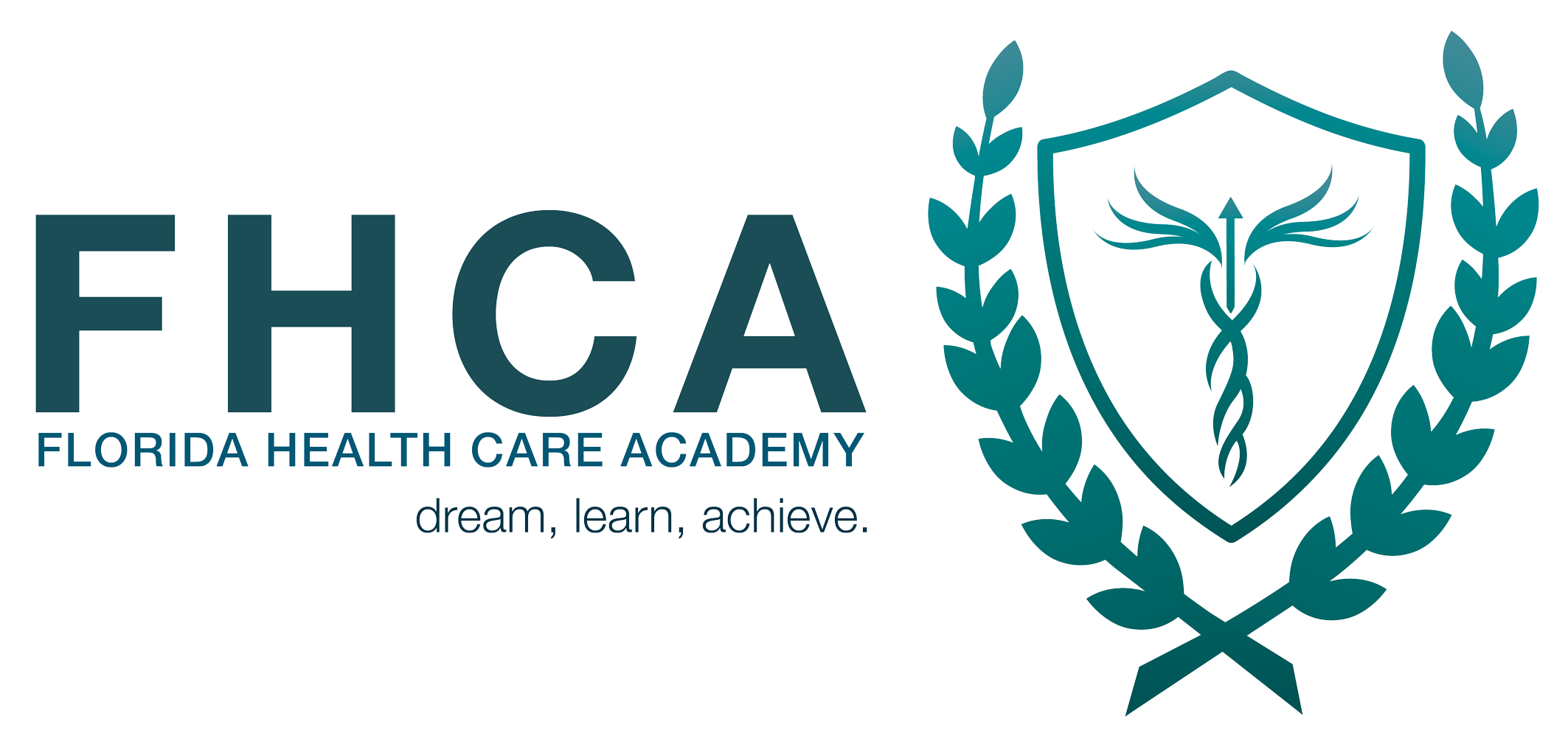What Does a Home Health Aide Do?
November 6, 2016Clinical Medical Assistant Course
January 17, 2017How Much Do Phlebotomist Classes Cost?

The cost of phlebotomist classes varies depending on the program type, location, and other factors. However, most phlebotomist programs cost between $700 and $2,500.
The phlebotomy program at Florida Healthcare Academy is one of the most affordable options, costing just $790. This program prepares you for a career in phlebotomy in just a few short weeks.
If you are interested in becoming a phlebotomist, be sure to research different programs to find one that fits your budget and needs.
Cost of phlebotomist classes by program type
The cost of phlebotomist classes can vary depending on the program type, the length of the program, and the location of the program. Students should carefully consider their needs and budget when choosing a phlebotomist training program.
Additional costs to consider
Duration of the phlebotomy classes
The duration of phlebotomy classes can vary depending on the specific program and institution. However, most phlebotomy training programs can be completed in less than a year.
Our phlebotomy program typically takes 6 weeks for classes from Monday through Thursday, with class hours from 9:00 AM to 1:00 PM or 5:00 PM to 9:00 PM.
Weekend classes are on Saturdays, which extends the program to 12 weeks, with class hours from 9:00 AM to 2:00 PM.
Ways to reduce phlebotomy classes expenses
- Exploring affordable options: Not all phlebotomist training programs are created equal. Some programs are significantly more expensive than others. Students should research different programs in their area to find the most affordable option.
- Comparing institutions: Students should compare the cost of tuition, textbooks, and other fees at different institutions. They should also ask about any additional costs, such as certification fees or state licensing fees.
- Seeking financial aid: There are a number of financial aid options available to help students pay for phlebotomy training. Students may be eligible for grants, scholarships, or loans. Students should speak with a financial aid advisor to learn more about their options.
- Part-time programs: Some phlebotomist training programs are offered part-time. These programs can be a more affordable option for students who are working or have other commitments.
Tips for choosing a phlebotomist training program
- Accreditation: Students should make sure that the phlebotomist training program they are considering is accredited by a reputable organization. Accreditation ensures that the program meets certain standards of quality.
- Clinical rotations: Students should make sure that the phlebotomist training program they are considering includes clinical rotations. Clinical rotations provide students with the opportunity to practice their skills on real patients.
- Certification: Students should make sure that the phlebotomist training program they are considering prepares them for certification. Certification is important for phlebotomists who want to work in the healthcare field.
- Job placement assistance: Students should make sure that the phlebotomist training program they are considering offers job placement assistance. Job placement assistance can help students find employment after they have completed their training.


